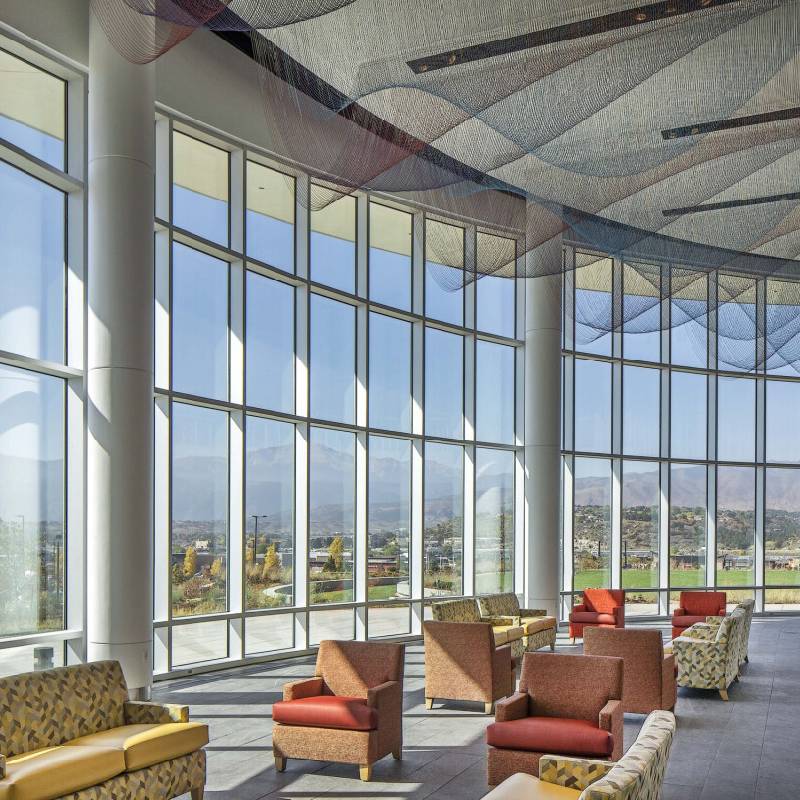

Understanding Low-E Glass The Future of Energy Efficiency
In recent years, energy conservation has become a significant priority for homeowners, builders, and architects alike. One of the most innovative materials that has emerged in this quest for efficiency is Low-E (low emissivity) glass. This advanced glazing technology is designed to control the amount of sunlight and heat that enters a building, making it an essential component of modern construction and home renovation.
What is Low-E Glass?
Low-E glass is a type of thermal insulation glazing that is coated with a microscopically thin layer of metal or metallic oxide. This coating reflects infrared radiation while allowing visible light to pass through. The Low-E refers to its low emissivity, which means it emits less radiation compared to standard glass. By doing so, it helps maintain a consistent indoor temperature, reducing the need for artificial heating and cooling, thereby saving energy.
How Does Low-E Glass Work?
The fundamental principle behind Low-E glass is its ability to reflect heat while admitting light. There are generally two types of Low-E coatings hard coat and soft coat. Hard coat Low-E glass has a thicker coating that is applied during the glass manufacturing process, making it more durable. It is best suited for colder climates where reduced heat loss is a priority. On the other hand, soft coat Low-E glass has a thinner, more sophisticated coating applied to the glass after manufacturing, which offers superior performance. This type is often preferred for moderate to warm climates, as it provides excellent solar control.
When sunlight strikes a window, some of it is absorbed, some is reflected, and some passes through. Low-E glass reflects a greater proportion of infrared light while allowing most visible light to enter. This not only helps keep buildings warmer in the winter but also cooler in the summer, which results in lower heating and cooling costs.
Energy Efficiency and Cost Savings
One of the most compelling reasons for using Low-E glass is its energy efficiency. The insulation qualities of Low-E glass improve the overall thermal performance of windows. According to the U.S. Department of Energy, switching to Low-E glass can reduce heating and cooling bills by up to 30-50%, particularly in climates with extreme temperatures.

Additionally, the energy savings extend beyond just the bills. By reducing reliance on heating and cooling systems, the demand for fossil fuels drops, making it a more environmentally friendly option. Buildings that utilize Low-E glass often qualify for energy efficiency certifications, such as ENERGY STAR, which can enhance property value and attractiveness to potential buyers.
Other Benefits of Low-E Glass
Beyond energy efficiency, Low-E glass offers several other benefits that make it increasingly popular in construction. One significant advantage is UV protection. The Low-E coating helps block harmful ultraviolet rays, which can fade carpets, furniture, and artwork, thereby extending the life and appearance of interior decorations.
Furthermore, Low-E glass also contributes to improved comfort. By reducing drafts and hot spots, it creates a more stable indoor climate. As a result, living and working spaces become more comfortable year-round.
Low-E glass also enhances noise reduction. The insulating properties of double or triple-pane Low-E windows can minimize external sounds, providing a quieter indoor environment, which is particularly beneficial for urban dwellers.
Conclusion
In conclusion, Low-E glass represents a significant advancement in building technology, combining energy efficiency with aesthetic appeal. As more people recognize the benefits of sustainable living and energy conservation, the demand for Low-E glass will likely continue to rise. Its ability to reduce energy costs, provide UV protection, and enhance comfort levels make it a crucial component in modern construction.
For homeowners and builders alike, investing in Low-E glass is not just an environmentally conscious decision; it is a savvy financial choice that pays dividends over time. As we move towards a more sustainable future, materials like Low-E glass will play a vital role in transforming our living spaces into energy-efficient sanctuaries.